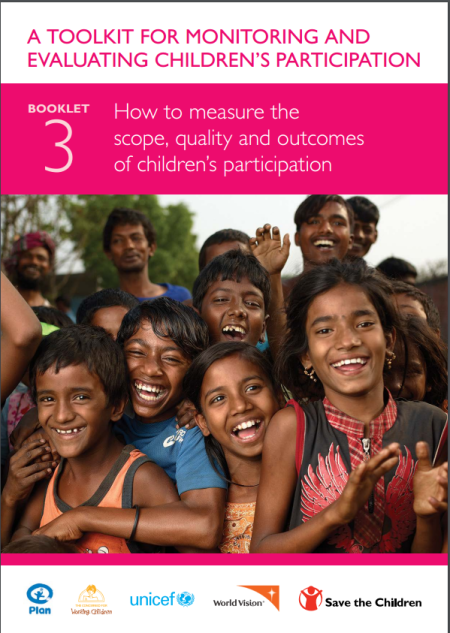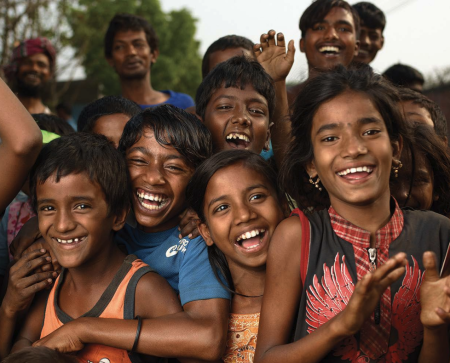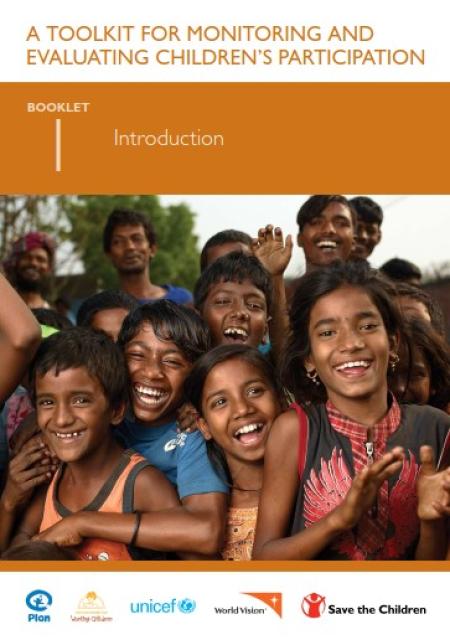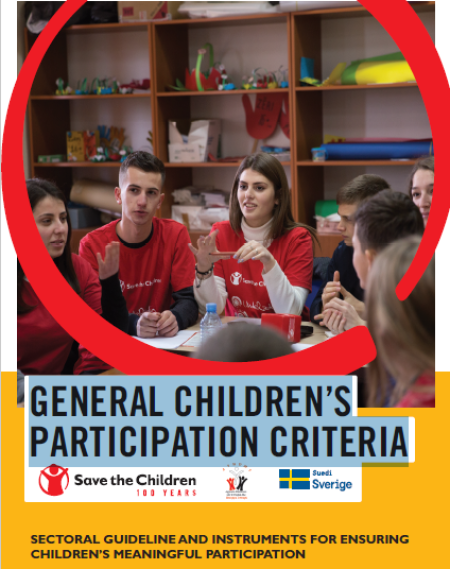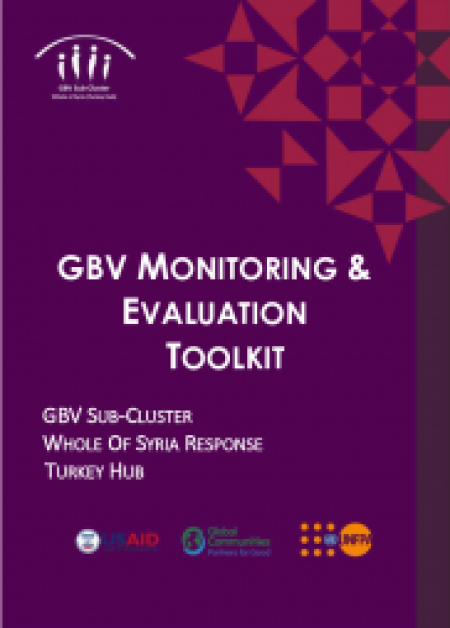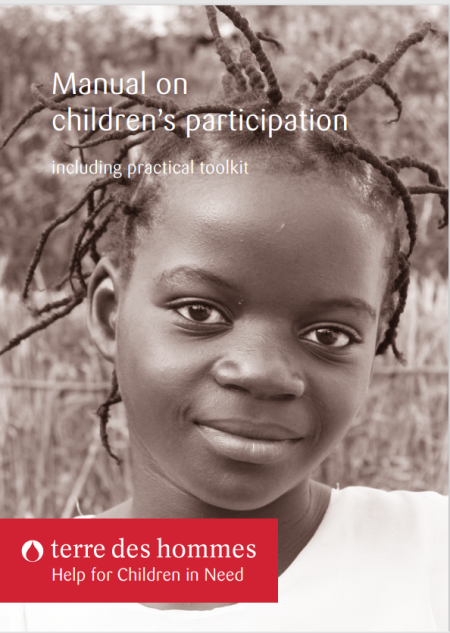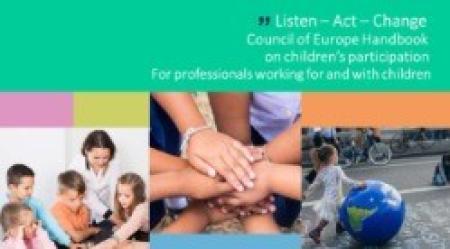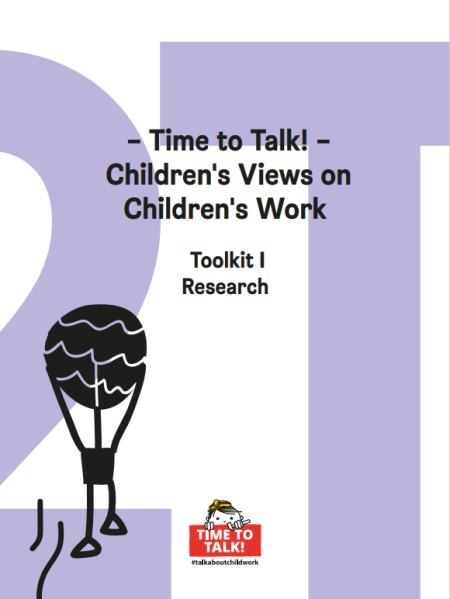
This booklet describes why it is important to measure the scope, quality and outcomes of participation, and provides tables to help you do it. The scope of participation involves looking at when children get involved (the point of engagement), what level they get involved at (level of engagement), and which children get involved (inclusive engagement).
The three different levels of children’s participation are described: consultative, collaborative, and child-led, using case studies from different countries to illustrate what the different approaches mean in practice. On pages 14–15, you will find two tables that you can work through with different groups of stakeholders (adults and children) to help you measure the scope of children’s participation in your programme.
You will also need to measure the quality of children’s participation, assessing whether the programme concerned has met the nine basic requirements for ethical and meaningful participation. You will find a table on page 21 that you can work through and complete with different groups (stakeholders) who were involved in the programme to measure the quality of children’s participation.
Finally, you will need to measure the outcomes of children’s participation, considering the programme’s achievements in terms of behaviour change and attitudes among the children and adults most directly involved, but also the wider impacts of children’s participation in the local community or at national level.
(Text taken from the summary of the document)


